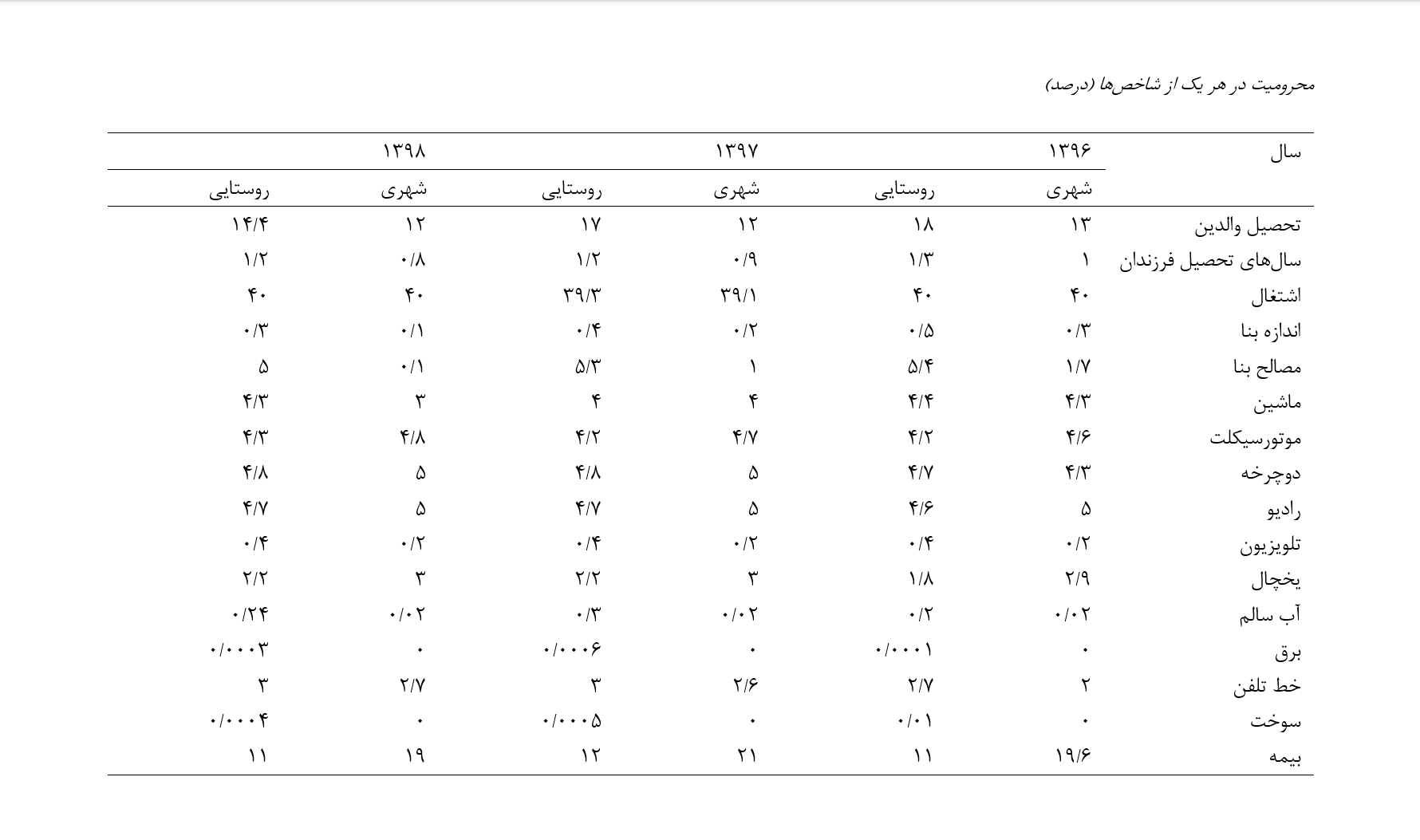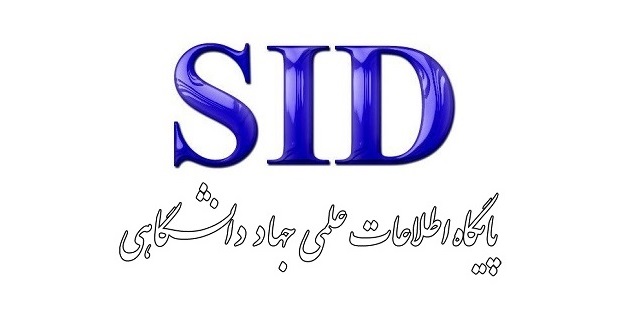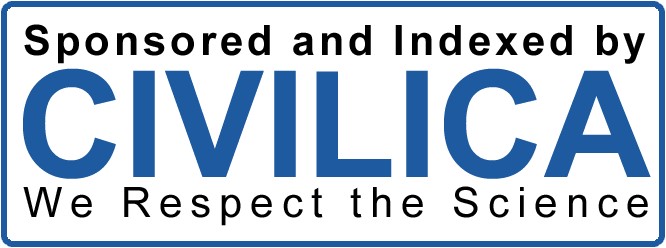An Analytical Study of Multidimensional Poverty in Urban and Rural Areas of Iran
Keywords:
Multidimensional poverty, Alkire-Foster, education, employment, standard of living, health, housing, Iran, poverty analysis, social policyAbstract
This study aims to measure and analyze multidimensional poverty in Iran using the Alkire-Foster (AF) index across five dimensions: education, employment, living standards, health, and housing. The study period covers the years 2017 to 2019. The results indicate that approximately 28% of individuals in rural areas and 25% in urban areas are poor. Additionally, about 51% of the poor live in rural areas, while 49% reside in urban areas. The highest deprivation in both regions pertains to employment, accounting for around 40%. In other dimensions, deprivation rates are 16% in education, 4% in living standards, 24.5% in health, and 15.5% in housing. The multidimensional poverty index (MPI) is calculated to be 10% for urban areas and 11.5% for rural areas. The findings show that women, particularly in the education dimension, experience higher levels of deprivation in both urban and rural areas. This study demonstrates that poverty is a multidimensional phenomenon, and effective policies for poverty reduction must address all its dimensions. Based on the results, improving employment conditions and enhancing living standards are primary priorities for reducing poverty. Additionally, special attention to improving health and education services, especially for women, is essential. The research indicates that targeted and precise policies can significantly reduce poverty and social inequalities.
Downloads







